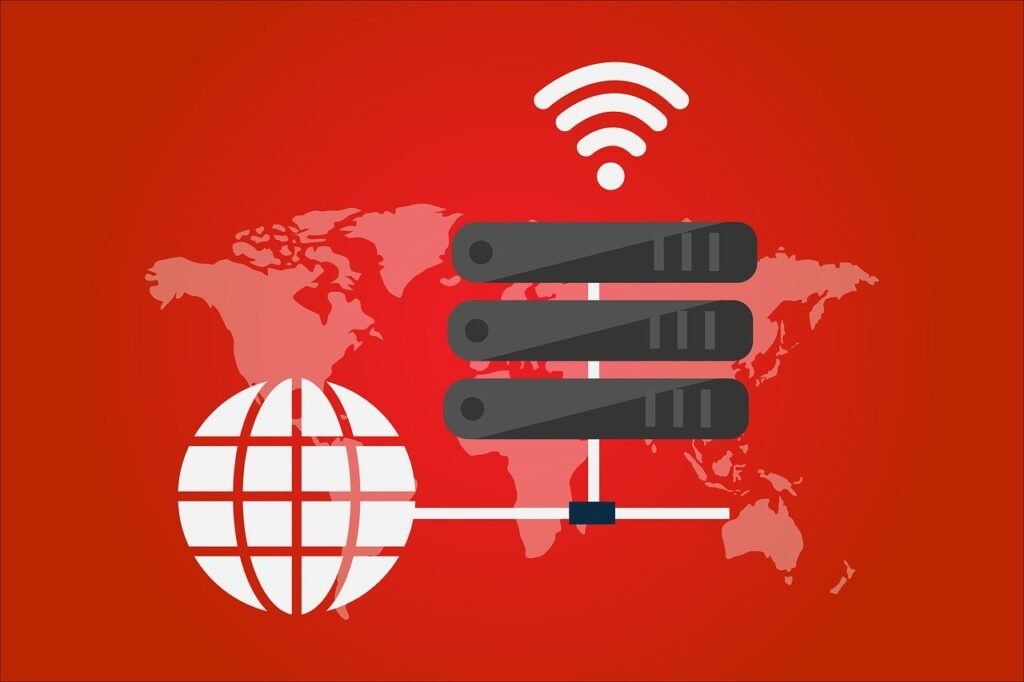Information Technology Infrastructure Library (ITIL)
Today’s technology-driven world brings forth the fact that businesses and technology are tightly linked. To stay competitive, an organisation has to focus on its objectives and IT capabilities. The process could be short or long, tedious or easy. However, it’s inevitable.
A large scale change such as this asks for planning. The development of IT services should be designed while keeping a tab on current operations and management practices followed in the organisation. An IT Service Management (ITSM) effort is vain without it.
Today we are going to discuss what ITIL is, what it encapsulates and its processes.
Information Technology Infrastructure Library (ITIL):
The ‘Information Technology Infrastructure Library’, which is abbreviated as ‘ITIL’ is a set of detailed practices for creating and improving the ITSM process. is focused on aligning IT services with business needs.
ITIL as a whole helps businesses manage risks, boost customer relations, introduce affordable practices and create a stable IT environment for growth, scalability and change. It is safe to say that an ITIL practitioner is a skilled professional in consistently shaping IT service development, IT service improvement and operations.
ITIL is versatile. The practices are scalable and flexible, which allows organisations to employ them as the need be. AXELOS owns ITIL since 2013.
The remarkable aspect of ITIL is that it is a set of generic processes, procedures, tasks and operations. In simple words, ITIL is not built for a specific business, industry or organisation. Nor it is technology-specific.
Any organisation can take ITIL processes and apply them on planning, value creation, and maintaining the business’s competitiveness. Today, many industries have adopted ITIL in one form or the other.
ITIL, as a whole, is a series of methodologies for IT service life cycle refinement and improvement. It straightens the capabilities of organisations, processes and people, ensuring that when the technological or business changes occur, they can quickly adapt and stay ahead of the curve.
ITIL & ITSM:
is a subset of ITIL. Organisations may realise it or not, but where IT systems and infrastructure are present, ITSM is being performed there. ITSM defines how to manage IT services efficiently and add value to customers.
ITSM is all about managing IT, and ITIL is all about guiding businesses for efficient ITSM.
ITIL Process: 5 stages of ITIL lifecycle:
Stage I: Service Strategy
The fundamental stage in ITIL service lifecycle is the strategy. IT strategy is so vital that without it, the entire point of having IT service goes failed. The reason behind it is, the IT service is directly linked to the business strategies. The ITIL process in this stage forms a building block for remaining processes and gives a proper direction to follow.
At this level, the data on ‘market definitions, deployment preparation, strategic asset development, and offer definitions’ is collected. The service strategy phase is responsible for providing the initial connection between the IT strategy and the business strategy. Furthermore, it includes return of investment, demand management processes, service portfolio management and financial management.
Stage II: Service Design
After outlining the strategies, service design phase comes. Here, the planning and designing take place on the previously crafted service strategies. They can be entirely new services or updates on the existing services. The sole motto of service designing is to achieve the business vision and strategy of the organisation. A competent service design ensures that the IT service can transition successfully into a live infrastructure and deliver customers’ needs.
The design phase includes several categories of management processes such as, catalogue, service-level, service availability, service continuity, supplier, and information security. It is crucial for an IT service expert to possess knowledge of all ITIL processes.
Stage III: Service Transition
The service transition stage means that the transition of services which were strategized and designed/planned in the previous stages. This is the phase where new or modified services are built, implemented, verified, tested and transferred into operations. Service transition is the key step in the entire ITIL service lifecycle as this stage marks the actualisation of the ideas/proposals.
This stage encapsulates transition planning and support, service assets, configuration management, release and deployment management, service validation and testing evaluation. If existing services are to be modified, then change management plays an important role. Knowledge management processes are also included in the transition phase.
Stage IV: Service Operation
Service operation is the fourth stage of ITIL service lifecycle. After transferring services and processes to a live environment for utilisation, service operation takes care of the management of the same. The service owner is answerable for the performance of the service. They have to ensure that the customers are satisfied with the result. One must report any issues if there are any. This stage bounds the organisations with service level agreements with customers.
Service owner should look closely whether the organisation is complying with the agreement.
Stage V: Continual Service Improvement (CSI)
Continual Service Improvement (CSI) is nothing but the clubbing of all previous four stages together to analyse and identify room for improvement, implement them to curb potential losses in the process. The CSI stage includes seven-step improvement plans, ROI for CSI, business questions, service reporting & management, and so on. The CSI can be termed as the shield for the ITIL process. The effective use of CSI process at the last stage will ensure a competitive IT service.
ITIL – some significant concepts:
Other than five main stages of ITIL, some other aspects need attention. Let’s understand the following three stages of ITIL:
ITIL change management:
A new project or application development is a regular phenomenon. For businesses, it’s crucial to figure out the risk and impact of the scheduled activities. ITIL change management comes into the fore at this level. It is a means of recording every detail of change request for better tracking and audit.
Change management allows corporations to effectively deploy new projects without any downtime. Change management also supports the review, post-implementation phase, to have control over the entire project.
ITIL incident management:
Seamless workflow is what every business user eyes, but with the large and complex infrastructure, it seems a little bit difficult. Incident management is effective in eliminating redundant tickets, segregating IT issues based on priority. Automation handles ticket assignment accurately so that desk agents with proper knowledge are assigned to the right ticket.
ITIL problem management:
Problem management is a solution to a major outrage and potential damage to the services due to unresolved incidents. Problem management team handles repetitive issues to identify the main cause and give a permanent fix to it. The team is responsible to provide with a temporary solution while conducting a deep analysis to find the root cause. The temporary solution makes sure that no processes are at a halt and the activities are performed regularly.
Benefits of ITIL:
Cost-effectiveness:
Businesses can achieve optimum levels of expenditure by prioritizing resources and use them efficiently to meet both business and customer requirements.
Service quality:
ITIL ensures consistency in service levels. It also guarantees the quality of service by improving the efficiency of the processes.
Customers’ delight:
ITIL’s unique approach in service creation and improvisation automatically fit right for customer satisfaction as ITIL understands what customers are looking for.
Business goals alignment:
ITIL allows users to find the solutions hassle-free by sharing knowledge content on the web.
Efficient risk management:
ITIL helps in carrying out effective ITSM. It is responsible for avoiding major incidents and keeping risks at bay.
Summary
Information Technology Infrastructure Library (ITIL) is necessary for the smooth functioning of ITSM. The step by step process understanding of ITIL clarifies the fact that why businesses need it.
For further information on ITIL and ITSM, please on our web address or call us @ +91 0253 2970284

